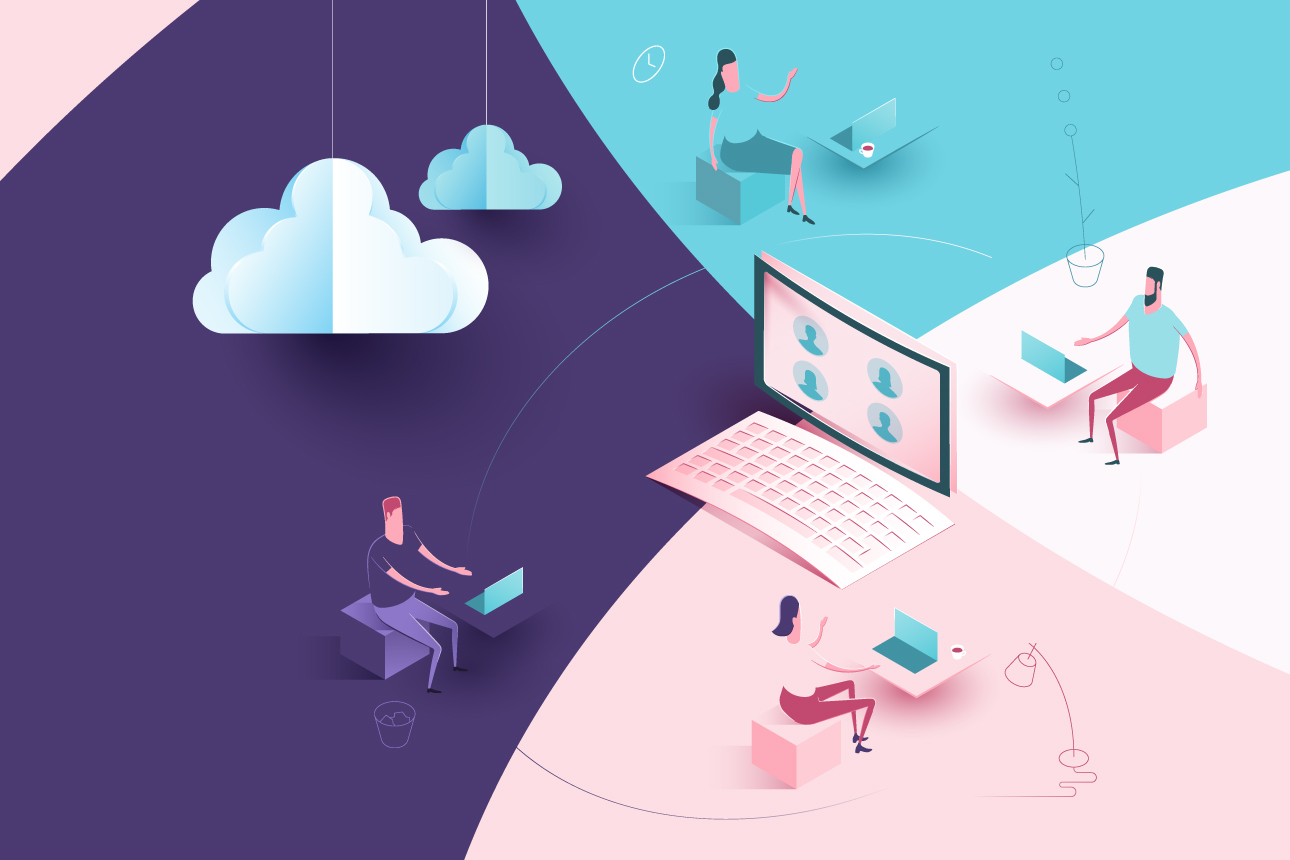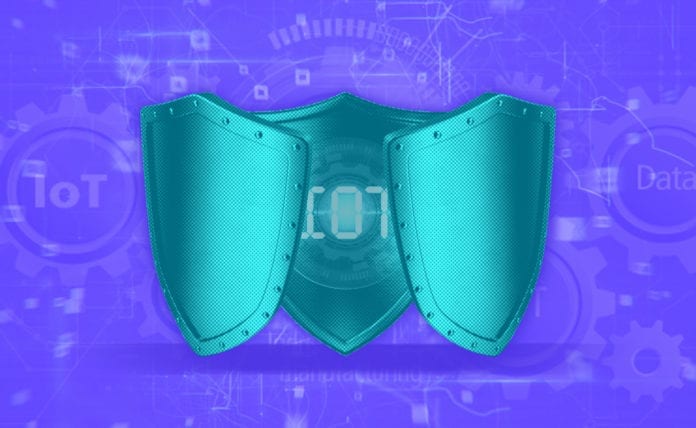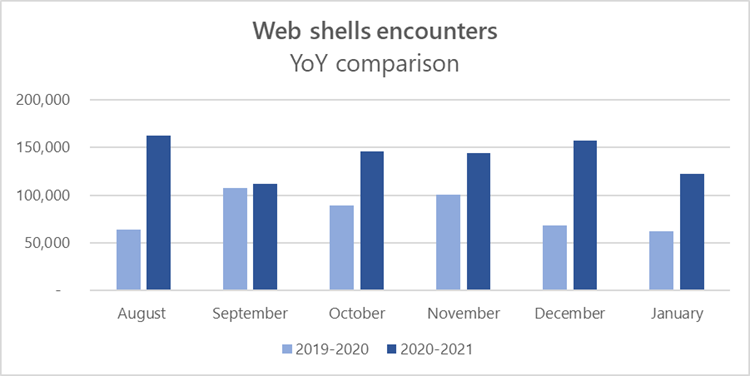Data lake storage: Cloud vs on-premise data lakes

The data lake is conceived of as the first place an organisation’s data flows
to. It is the repository for all data collected from the organisation’s
operations, where it will reside in a more or less raw format. Perhaps there
will be some metadata tagging to facilitate searches of data elements, but it is
intended that access to data in the data lake will be by specialists such as
data scientists and those that develop touchpoints downstream of the lake.
Downstream is appropriate because the data lake is seen, like a real lake, as
something into which all data sources flow, and they are potentially, many,
varied and unprocessed. From the lake, data would go downstream to the data
warehouse, which is taken to imply something more processed, packaged and ready
for consumption. While the data lake contains multiple stores of data, in
formats not easily accessible or readable by the vast majority of employees –
unstructured, semi-structured and structured – the data warehouse is made up of
structured data in databases to which applications and employees are afforded
access. A data mart or hub may allow for data that is even more easily consumed
by departments. So, a data lake holds large quantities of data in its original
form. Unlike queries to the data warehouse or mart, to interrogate the data lake
requires a schema-on-read approach.
Microsoft Azure Front Door Gets a Security Upgrade
Johnson uses three principles to describe zero trust, the first of which
involves adopting explicit verification for every transaction during a session:
"So not just verifying the human, but the device, the data, the location, if
it's an IoT device, the application – everything that happens in the session
should be verified and anomalous behavior should be flagged," she explains. The
second principle is ensuring least privilege access. Many organizations still
provide too much privileged access to employees, Johnson says. One of the steps
Microsoft is taking with its content and application delivery is implementing
more controls around access. The third principle: "Then, finally, assume you've
been breached," she says. Assumed breach is a topic the security industry has
discussed for years, but with zero trust, they have to assume they have been
breached, and that anything within the organization could potentially be
breached. These principles have grown essential as application-delivery networks
undergo a massive transformation to the cloud, Johnson explains. The new
capabilities in Azure Front Door aim to provide organizations with one platform
that meets availability, scalability, and security needs.
Tools And Models Used In Software Testing
Software testing is a significant part of software quality assurance (SQA), it
is an activity used for evaluating and improving software quality. It involves a
set of activities carried out with the sole aim of finding errors in software.
It validates and verifies if the software or product is functioning correctly
without any errors or bugs capable of incurring defects. In the testing phase,
the errors from previous cycles must be detected, this ensures complete software
reliability and quality assurance. With the development of software
functionalities, it is essential to use innovative testing models and tools to
ensure that time and cost spent on testing is thoroughly minimized. When it
comes to testing the functionality of the software, there are two types; manual
and automation. Manual testing is carried out by the tester. Informal review,
inspection, walkthrough, and technical review are the techniques of manual
testing. Manual testing is time-consuming and requires more effort, this is a
major issue with this kind of testing. Test Automation helps to completely
resolve and control these issues. Automated testing can be categorized into
four; performance testing, safety testing, accuracy testing and testing of
reliability. Using automation tools, steps involved in manual testing are being
automated.
Combining Three Pillars Of Cybersecurity Security

As cybersecurity gaps abound, there has been a growing panic in both industry
and government on how to protect the cyber landscape. In the past, three
significant risk management themes have been put forward to help ameliorate the
digital risk ecosystem including: security by design, defense in depth, and zero
trust. They are a triad, or three strong pillars of risk management needed for a
successful cybersecurity strategy. Security by Design is really the initiation
point of a risk management process—especially if you are a software or hardware
developer concerned with security. In an article in United States Cybersecurity
magazine, cybersecurity expert Jeff Spivey provided an excellent working
definition: “Security by Design ensures that security risk governance and
management are monitored, managed and maintained on a continuous basis. The
value of this “holistic” approach is that it ensures that new security risks are
prioritized, ordered and addressed in a continual manner with continuous
feedback and learning.” Defense in Depth. A variety of strong definitions
exist for defense in depth in the security community.
The Future of Team Leadership Is Multimodal

Effective leadership in this new hybrid world requires different skills that go
beyond traditional team leadership. Specifically, organizations will need
leaders who can operate well across two distinct modes. For much of the time,
they will operate in virtual coordination mode. This means establishing goals,
monitoring progress, driving information sharing, and sustaining connections
among colleagues working remotely. When their teams periodically come together
to engage in true collaboration, leaders will need to operate in face-to-face
collaboration mode, fostering deep learning, innovation, acculturation, and
dedication. The nature and mix of team tasks will dictate the modes in which
those teams operate. Tasks that involve working interdependently but without
much integration — reporting, performing administrative tasks, making simple
decisions, sharing information, drafting documents, and performing financial
analyses — will mostly be done virtually. Likewise, our research and experience
have shown that most one-on-one interactions between leaders and their reports,
including some coaching, can be accomplished effectively through virtual means
However, essential tasks that require team members to integrate their knowledge,
create safe spaces for dialogue on difficult issues, and form emotional
connections cannot be done productively while working virtually.
Unstructured data: the hidden threat in digital business

With the growth of unstructured data comes the unfortunate truth that it’s much
more difficult to control and secure than structured data. For example, if an
employee is taking information in the form of unstructured data and moving it
elsewhere, they may store the original document or picture on a local file share
or send it in an email as an attachment. Within one organization, the process
for handling documents could vary across employees and teams, and it’s very
likely that management has no idea this is happening. Unstructured data doesn’t
have to be a forever risk, though. It’s entirely possible for organizations to
manage and incorporate it into safe data practices and protocols. For that to
happen successfully, business leaders must do the following: First, acknowledge
that unsecured unstructured data is a problem within the organization. Add it as
an urgent priority for the IT or data security teams to address. Don’t wait
until an issue arises or assume that hackers are going to go after larger
volumes of what one assumes is more “attractive” data. We’ve learned that
hackers are unpredictable and that no organization, no matter the size or scope,
is immune to the threat.
How You Can Expedite Your Venture With Machine Learning

With machine learning tools, organizations can figure out gainful opportunities
as well as possible risks more promptly. ML aids companies in improving business
scalability and enhancing business operations. The rapidly evolving new
techniques in the ML field are expanding the usage of machine learning to nearly
infinite possibilities. The article focuses on how you can expedite your
business growth with the use of machine learning, and here are the key points:
Prediction of the market segment: When businesses are entering into the market
with a new idea, it is very important to understand and forecast the reactions
of the market. If you go with human intelligence for a logical prediction, it
would be a huge task to consider all the applicable parameters from a large set
of historical data. However, if you make use of the correct classification
algorithm(s), you can predict the response from the prospective market segment
if it is good, bad, or neutral. Besides, you can use continuous or regression
algorithms to predict the size or range. Prediction of customer lifetime value:
For marketers, it is quite important to know about the customer lifetime value
prediction and customer segmentation. For this, companies use huge amounts of
data effectively with the help of ML and data mining to obtain meaningful
business insights.
Manufacturing outlook for 2021 focuses on resilience

The prime driver for the acceleration is the drive to implement e-commerce
platforms either for B2B or direct-to-consumer commerce, Yavar said.
"Manufacturers are all chasing the KPI thresholds around quality and on-time
delivery that Amazon set, so everybody's trying to get as close as possible to
that two-day or one-day service," he said. "That's not easily done, so they're
scrambling to understand how deploying technology like robotics can speed up the
process and strategically align distribution functions, whether it's in-house or
external, to cut costs." The increasing importance of the supply chain as a
vital business process will spur innovation and bring new players into the
market, Yavar explained. "It's akin to the ERP market of the 1990s and early
2000s where there was the traditional 'Big 5,' but then we saw the explosion of
players with the advent of cloud. The same thing's happening in the supply chain
technology space today," he said. "The barrier to entry to produce the
technology and get in the marketplace is much lower than it used to be, so this
market will become more and more dynamic over time, there will be consolidation,
and new technology and the supply chain will be seen not as a cost center but a
differentiator for manufacturers over the next several years."
CIOs Face Decisions on Remote Work for Post-Pandemic Future

The evolution of the global remote work force had its share of growing pains,
says Cortney Thompson, CIO with cloud solutions and managed services provider
Lunavi. Early on, opportunistic vendors made quick pushes to offer services to
companies in dire need to go remote, but he says some stumbled along the way. “A
few of those vendors had scaling problems as they brought additional load on,”
Thompson says. That made it important to listen to the experiences companies
were having with those vendors, he says, and how their performance changed in
response. Naturally if organizations did not see the results they wanted, they
looked to branch out to other providers in the market, Thompson says. While some
vendors took a conservative approach in taking on clients at the onset of the
pandemic, he says others focused on grabbing as much of the market as possible
without such restraint. In some instances, things broke under pressure, Thompson
says. “There were some supply chain issues along the way and there was stress on
the system and cracks started to show.” Innovations that found their footing
during the pandemic include the zero-trust approach to security, he says, with
higher adoption rates.
Data Security Accountability in an Age of Regular Breaches
When it comes to information security, cyber hygiene is remarkably analogous to
biological hygiene. Much like the immune system within an organism, poor digital
security hygiene can result in an infection (security incident) progressing into
a full-blown compromise (data breach). The expectation is that the breached
organization will take active measures to mitigate the effects of the data
breach, and it ends there. However, this is not enough. Much like taking
precautions against spreading the COVID-19 infection, individuals must play
their part in reducing their own levels of digital security contagion. Following
any discovered infection resulting from a breach (digital or biological), the
best process is to engage in measures to quarantine yourself to reduce the
exposure of others. One of the most basic digital hygiene methods simply relies
upon the user deploying complex and unique passwords for each service they
utilize. While this would be the first port of call when a data breach is
discovered, the fact is such a practice is rarely followed, and further explains
many of the breaches we've experienced to date. To address this, the general
public's attitude toward passwords needs to evolve to that of phone numbers.
Quote for the day:
"Leadership offers an opportunity to
make a difference in someone's life, no matter what the project." --
Bill Owens



































